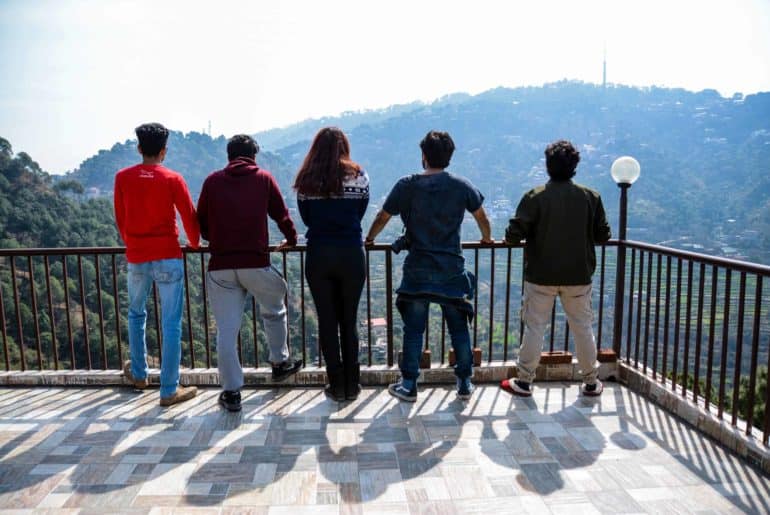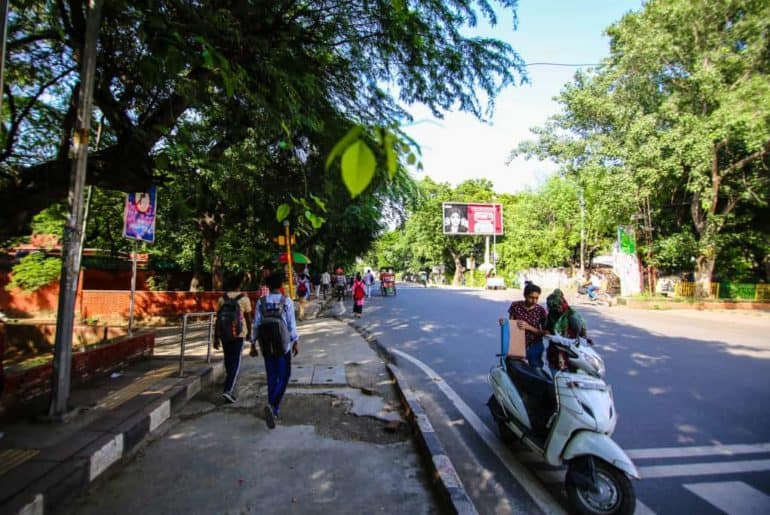Here’s why developing emotional quotient in college going students is extremely important.
School years are the formative years of one’s life which makes an individual ready to go and face the world outside. But, it is college years which makes him/her able to surpass the bottlenecks of life and make him/her workplace ready.
College and workplace environment pose a series of difficult challenges in personal, academic, and professional aspects of one’s life. Handling those challenges require not only one’s technical acumen but also emotional intelligence. Ability to tackle all the problems without losing calm, analysing the situation objectively, and resolving conflicts are some of the important skills to possess if one intends to work with a large set of people.
Thus, developing emotional quotient (EQ) in college students becomes extremely pertinent. Emotional intelligence forms the juncture at which cognition and emotion meet, it facilitates our capacity for resilience, motivation, empathy, reasoning, stress management, communication, and our ability to read and navigate a plethora of social situations and conflicts. All of these skills are what drives one towards growth and success. No wonder, EQ is the seventh most important prerequisite while hiring people for a job.
College life comes with its own set of emotional challenges and to smartly sail through them is something not everyone is capable of. Working in a team and leading one can become extremely challenging if one doesn’t have emotional intelligence high enough to understand oneself and others, or resolve any conflict that arises.
If you think that EQ comes with maturity and experiences, then you are mistaken. EQ can also be developed consciously through training. University of Delhi has also recognized its significance and has introduced soft skills in its curriculum as a skill enhancement subject.
It is important for an enhanced awareness towards the importance of development of emotional quotient among students along with other academic and technical skills.
Feature Image Credits: Corporate Finance Institute
Shreya Agrawal





